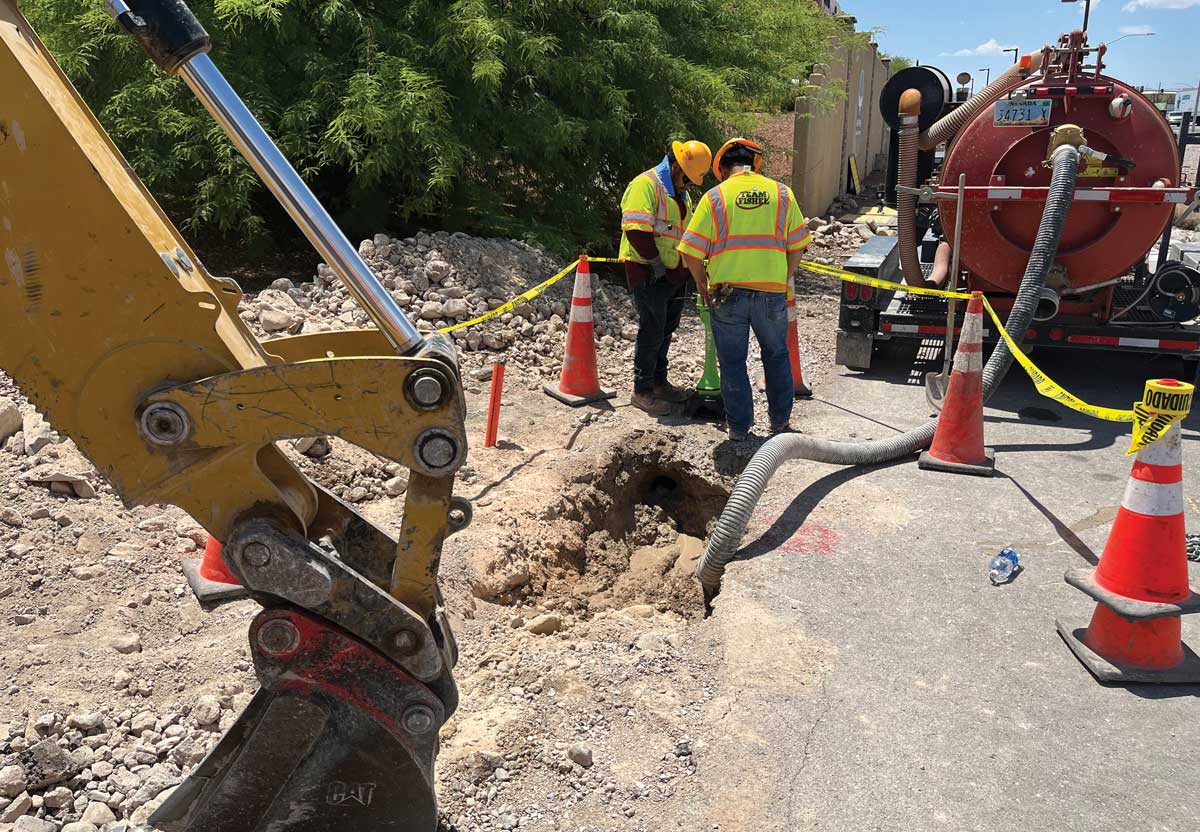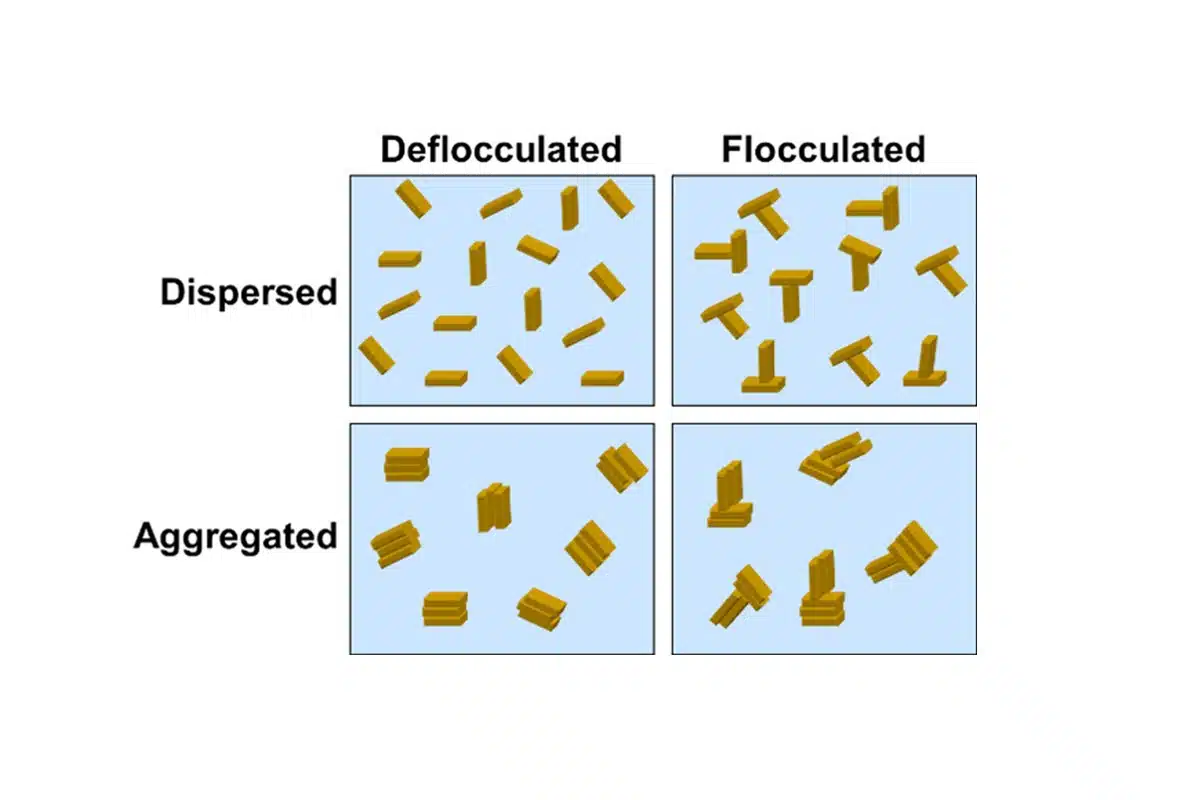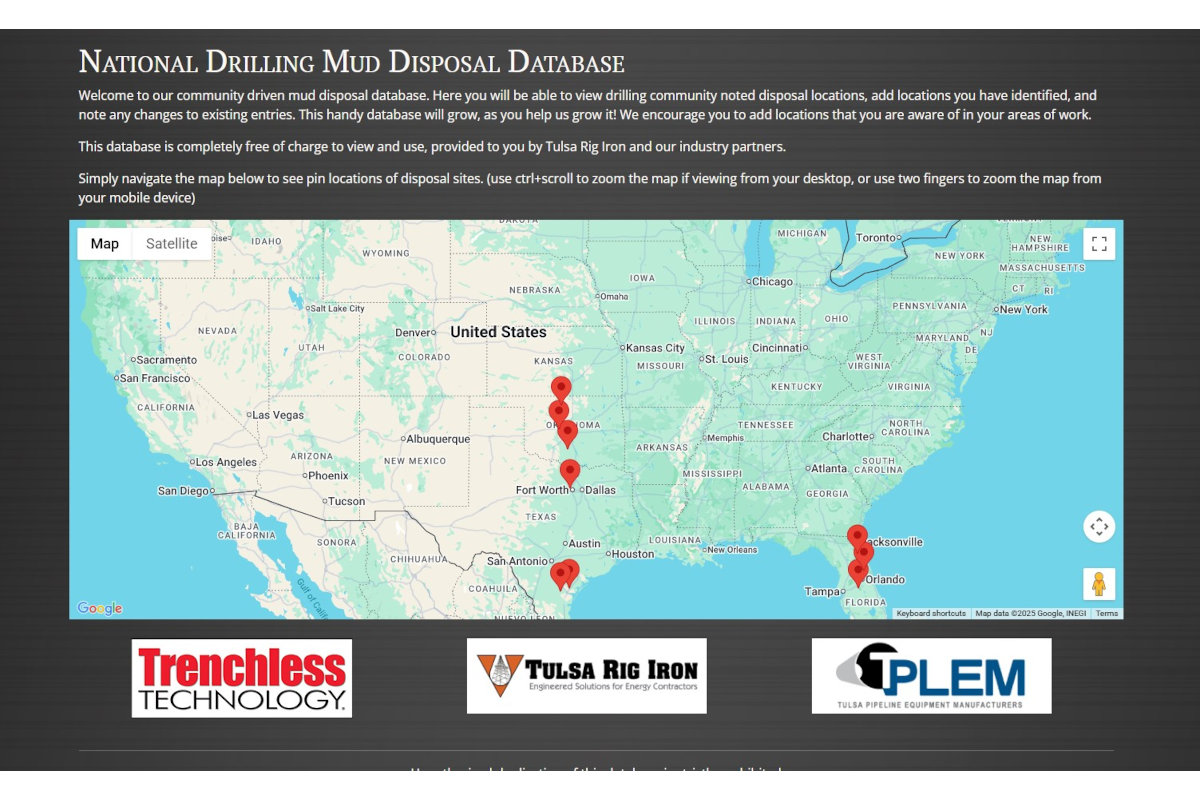
Top 10 Common Mistakes in Directional Drilling Fluid Management
In the realm of drilling operations, the significance of drilling fluids cannot be overstated. These fluids, meticulously engineered to optimize borehole stability and facilitate the removal of cuttings, play a pivotal role in the success of drilling endeavors.
However, despite their critical importance, common mistakes in drilling fluid management can lead to inefficiencies, setbacks, and unnecessary costs. Let’s explore the top 10 mistakes associated with drilling fluids and strategies to avoid them.
1 – Using Water Instead of Proper Drilling Fluid
The cardinal sin in drilling fluid management is the substitution of water for a bona fide drilling fluid. Drilling fluids, designed to provide essential properties such as viscosity, gel strength, and fluid loss control, serve as the lifeblood of drilling operations. Additives like bentonite and polymers are meticulously blended with water to establish these crucial properties. Neglecting to utilize proper drilling fluids compromises borehole integrity, hampers progress, and elevates the risk of costly complications.
2- Using the Wrong Type of Additives
Employing inappropriate additives is akin to using a screwdriver when a wrench is required. Understanding the functionalities of various additives is paramount for optimizing drilling fluid performance. Selecting the wrong additives not only undermines operational efficiency but also jeopardizes profitability. For instance, adding a clay inhibitor in cobble-rich formations is akin to using the wrong tool for the job, leading to inefficiencies and suboptimal outcomes. Mastery of additive selection ensures consistent success and profitability in drilling operations.
3- Not Using Proper Addition Rates for Additives
Precision in additive application is indispensable for efficient drilling fluid management. Misjudging addition rates, whether through underutilization or overuse, results in wastage of resources and compromises drilling efficiency. Just as using the wrong additives undermines performance, improper addition rates squander valuable time and financial resources. Optimal addition rates ensure maximal performance and resource conservation, enhancing operational efficiency and profitability.
4 – Improper Drilling Fluid Pumping Rates
Achieving the delicate balance in drilling fluid pumping rates is crucial for borehole stability and productivity. While adequate fluid circulation aids in cuttings removal and borehole support, excessive pumping rates can induce formation washout, impeding progress and risking equipment integrity. Understanding formation characteristics and adjusting pumping rates accordingly mitigate the risk of operational setbacks and ensure optimal drilling performance.
5 -Neglecting Hydration and Mixing Time
Patience is indeed a virtue in drilling fluid preparation. Rushing the hydration process to expedite operations is a false economy that often leads to protracted setbacks and increased costs. Allowing additives sufficient time to hydrate ensures optimal performance and minimizes the risk of borehole complications. The brief waiting period for hydration pales in comparison to the time and resources squandered on rectifying avoidable errors downstream. Investing in proper hydration and mixing time upfront yields significant dividends in operational efficiency and cost savings.
6 – Inadequate Testing and Monitoring
A critical aspect of drilling fluid management is the continuous testing and monitoring of fluid properties throughout the drilling process. Failure to conduct regular tests and monitor fluid parameters can lead to unforeseen issues such as fluid degradation, inadequate hole cleaning, and compromised wellbore stability. Investing in comprehensive testing protocols and real-time monitoring technologies ensures early detection of potential problems, allowing for timely interventions and corrective actions.
7 – Ignoring Environmental Considerations
In today’s regulatory landscape, environmental stewardship is non-negotiable. Neglecting environmental considerations in drilling fluid management can result in regulatory violations, reputational damage, and costly remediation efforts. Utilizing environmentally friendly drilling fluid formulations and implementing best practices for fluid disposal and management not only ensures compliance with regulations but also demonstrates a commitment to sustainable operations and corporate responsibility.
8 – Lack of Training and Education
Effective drilling fluid management requires a skilled workforce equipped with the necessary knowledge and expertise. However, a lack of training and education among drilling personnel can contribute to the occurrence of common mistakes and operational inefficiencies. Investing in comprehensive training programs and continuing education initiatives empowers personnel to make informed decisions, optimize drilling fluid performance, and mitigate risks effectively.
9 – Failure to Adapt to Changing Conditions
Drilling operations are inherently dynamic, with geological, environmental, and operational conditions constantly evolving. Failure to adapt drilling fluid formulations and management strategies to changing conditions can lead to suboptimal performance and increased operational risks. Maintaining flexibility and agility in drilling fluid management allows drillers to respond proactively to changing circumstances, optimize performance, and minimize downtime.
10 – Overlooking Documentation and Record-Keeping
Accurate documentation and record-keeping are essential components of effective drilling fluid management. Failure to maintain comprehensive records of fluid formulations, additive usage, operational parameters, and performance metrics hinders troubleshooting efforts and impedes continuous improvement initiatives. Implementing robust documentation protocols and utilizing digital tools for data management streamline record-keeping processes, facilitate data analysis, and support informed decision-making.

Conclusion
Avoiding common mistakes and implementing best practices in drilling fluid management are paramount for achieving success, efficiency, and profitability in drilling operations. By prioritizing the use of proper drilling fluids, mastering additive selection and addition rates, optimizing pumping rates, allowing adequate hydration and mixing time, conducting regular testing and monitoring, prioritizing environmental considerations, investing in training and education, adapting to changing conditions, and maintaining comprehensive documentation, drillers can optimize performance, mitigate risks, and drive sustainable growth in the dynamic and challenging field of drilling operations.
Collaboration with industry experts like Wyo-Ben provides invaluable insights, expertise, and support to navigate the complexities of drilling fluid management effectively, ensuring success in the depths below.
Tyson Smith is key account manager for Wyo-Ben Inc.




